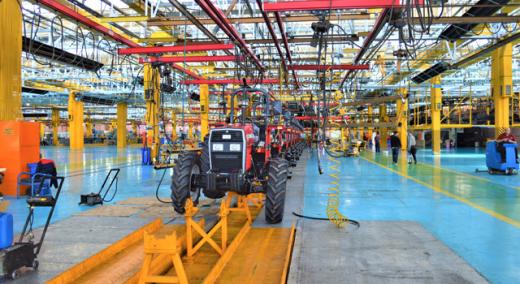Photo by Amin Khorsand on Unsplash
With so many assets and projects to think about, facilities management is a huge and complex field. It’s easy to lose focus.
|
ADVERTISEMENT |
Luckily, there’s a simple and easy fix for this problem—facility management KPIs (key performance indicators). Outlining and tracking the most important ones will help you focus on the critical measures that drive actual business success.
In this article, we review the top 10 KPIs facility managers should have on their radar, and show how to apply them in practice.
Key performance indicators vs. facilities management metrics
Managers commonly use “metrics” and “KPIs” interchangeably, yet the two terms differ fundamentally.

When we discuss performance metrics, we’re talking about useful information that gives a snapshot of a specific issue. For example, how often a building’s elevator is out of order, forcing people to use the stairs. Apart from summarizing the work done, this is not a KPI.
…

Comments
Way too much
This is way too much for 99% of organizations, in my opinion.
Add new comment